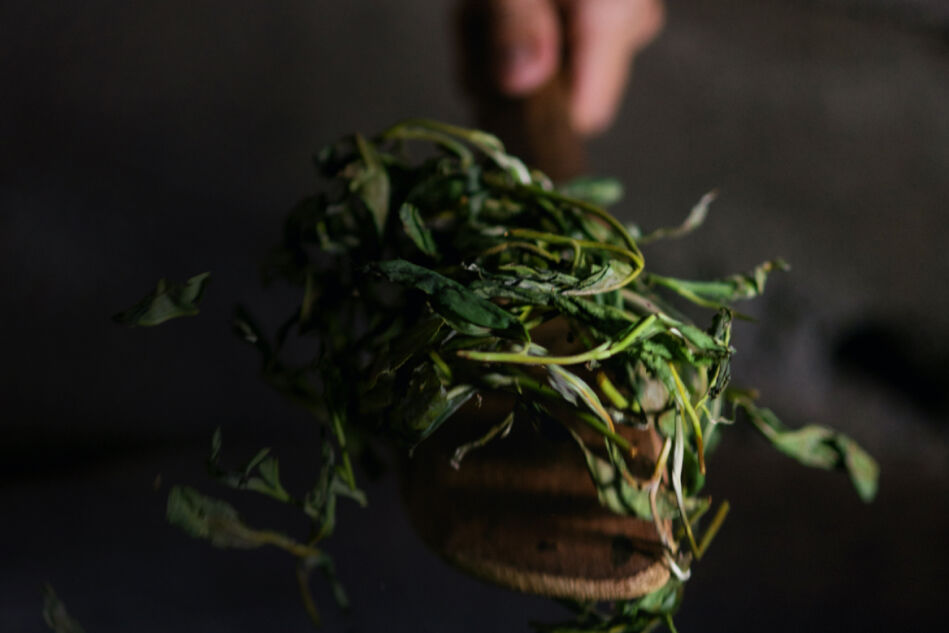5+1 questions for … Sebastian Frank.
The Berlin MICHELIN-starred chef on sustainability and haute cuisine.
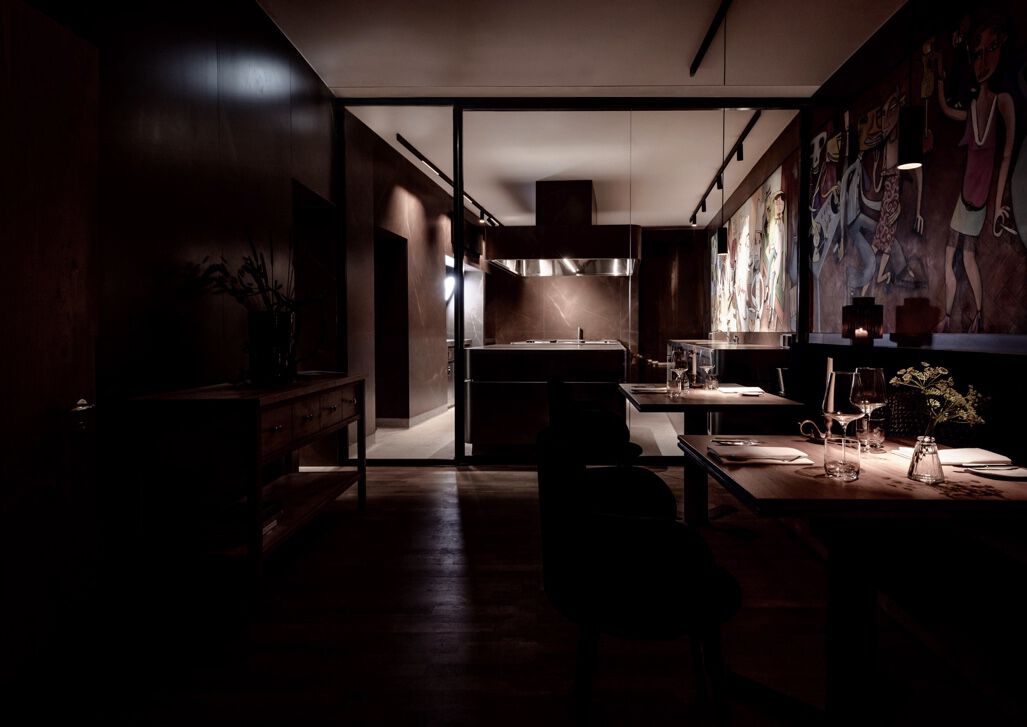
It is now coming up to 11 years ago that Sebastian Frank first took charge of the kitchen at HORVÀTH, one of Berlin’s more established restaurants. Since then, the Austrian-born chef has not only garnered two MICHELIN stars, but also 18 out of 20 points in the Gault Millau Guide and the title of "Best Chef of Europe".
In the world of haute cuisine, he is also renowned for his sustainable cooking, use of high-quality local produce and a clearly defined, unmistakable style. Sebastian Frank spoke to Avoury about his decision to dispense with the use of luxury products, about matching alcohol-free drinks to dishes, and about traditional cooking – and celeriac.
Mr. Frank, HORVÀTH has not only been awarded two MICHELIN stars but also the green star of the MICHELIN guide for its sustainable practices.
Avoury: #1
Which aspect of your kitchen’s sustainable focus are you particularly proud of?
It was actually years ago that we initiated this process, and it wasn’t really deliberate. We decided to focus on the products I remember from my childhood and my own culinary identity. And this meant I chose not to buy, for example, turbot or other saltwater fish. I took this approach because I was aware that I would not necessarily be able to acquire the sorts of products used routinely by other chefs at an acceptable level of quality in Berlin. If a turbot were to arrive from Brittany in such a poor condition that I would no longer be prepared to use it – then I’d be stuck because it would be almost impossible for me to obtain another one for that same evening.
Now, if a cucumber I want to use doesn’t meet my requirements in terms of taste, I can always search around in the vicinity of the restaurant and find a replacement. And why should I work with produce that I haven’t grown up with? Nowadays I’m rather proud that the starting point for this process was me personally. I was not set on following any particular trend. Instead, the sustainable aspects of my cooking have their roots in my childhood and where I come from. At home, almost nothing was thrown away – leftovers served as the ingredients for other meals, such as the fat of cutlets that was reused in a slightly altered form. We are now doing more or less the same thing at HORVÀTH.
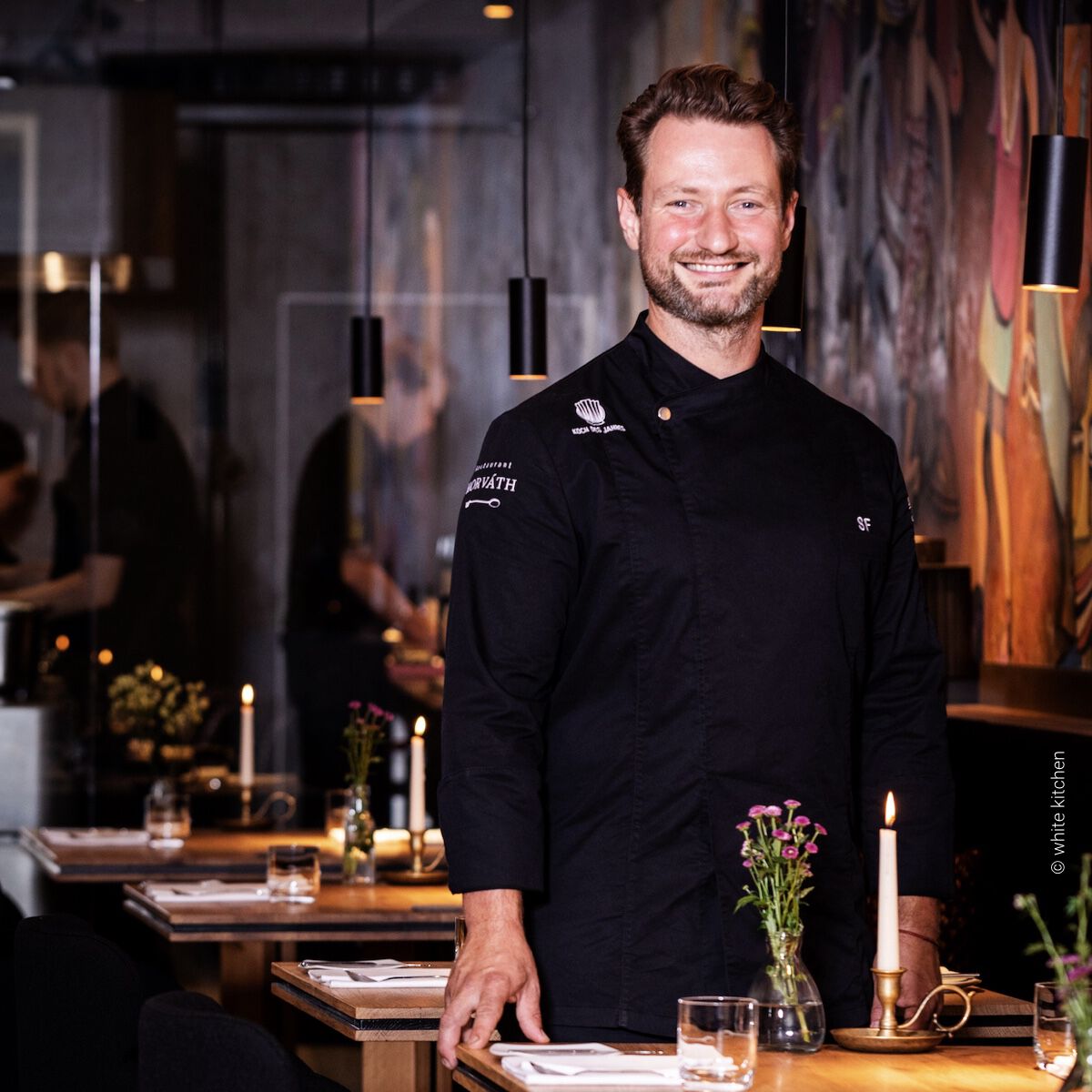
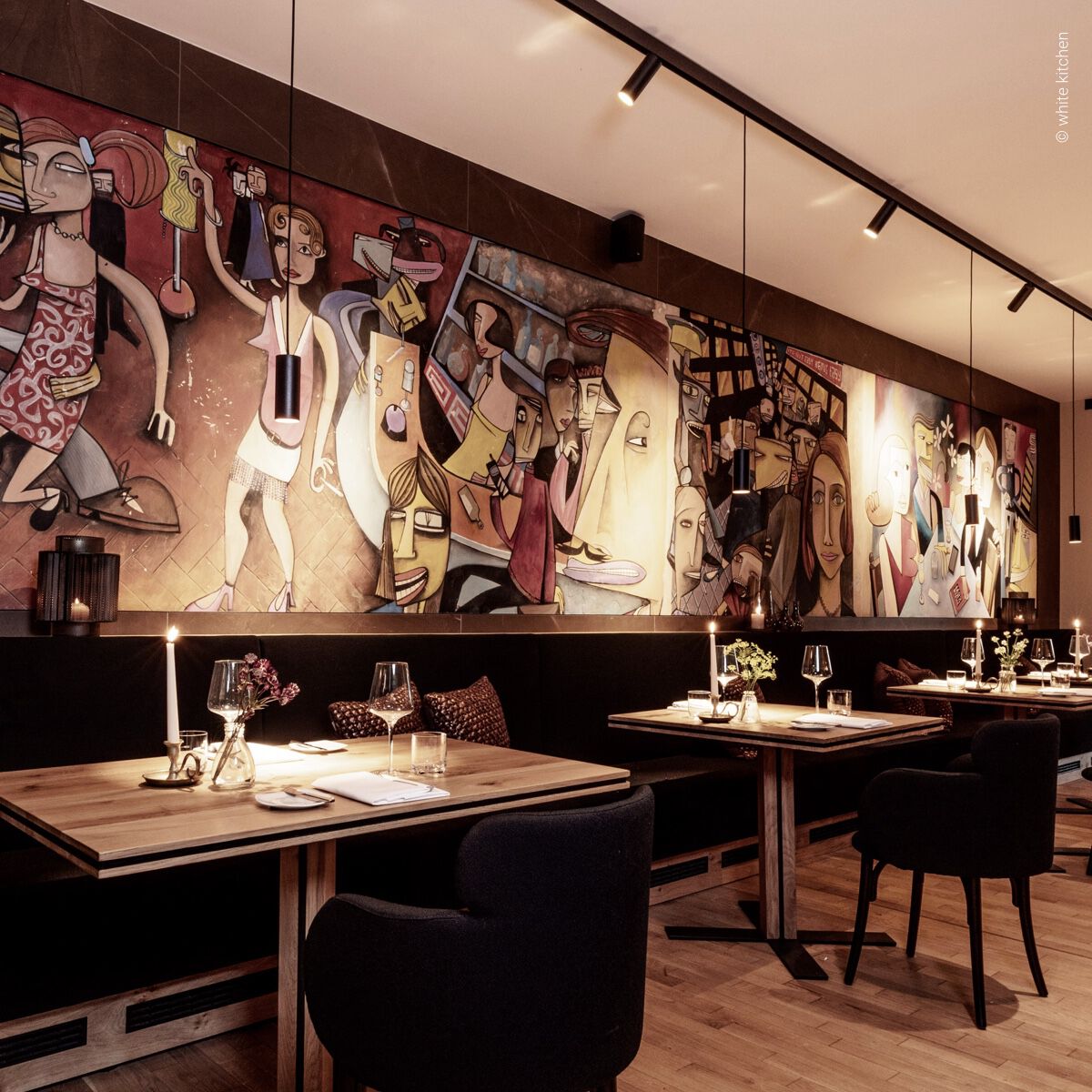
Avoury: #2
What actually characterizes sustainable haute cuisine and how do you recognize it?
As far as we are concerned, to be sustainable you need to be aware of the whole supply chain associated with a particular product. You need to understand products and their sources before you begin to process them. We don’t only use what can be considered the select cuts and items, but we look at each product and animal as a whole. For us, this holistic approach is important. You will know that a restaurant has a sustainable orientation if it has been awarded a Green Star. And menus too should also show you from which producers items have been sourced.
Avoury: #3
For the sake of achieving sustainability at HORVÀTH, you deliberately avoid using various items, such as exotic and specialty produce and the saltwater fish you just mentioned. How did this come about?
Now, I do always try to use the best possible produce and am not prepared to make any compromises in this respect. At the beginning, I did use so-called luxury products. But very soon - that must have been in about 2011 – I realized that I didn’t really want to work with these products, one of the reasons being I couldn’t get them as I had imagined they should be. So I stopped using such exotic produce at a very early stage. Instead, I decided to concentrate exclusively on the sort of foods I associate with the cuisine of my homeland and that can be produced in close partnership with farmers.
This resulted in the development of my style and my concept of "emancipatory" cooking, whereby any foodstuff can be the star of a dish if I treat it with the necessary care. Thanks to this intentional focus on specific products, I am able to process individual foodstuffs in a much more concentrated way. I was therefore also able to experiment – something I probably wouldn’t have done otherwise. And this process of trial and error has resulted in the creation of some of my signature dishes at HORVÀTH, including my "celeriac in salt dough". This is simplicity in itself to make and is based on a method used for preserving foods – which of course is an aspect of sustainability. Another signature dish is my "celeriac mature and young". Celeriac is actually my favorite vegetable. To create the dish, I use steamed celeriac, roasted celery seeds, foamed chicken stock and, of course, celery salt that I use in this case as an aromatic spice.
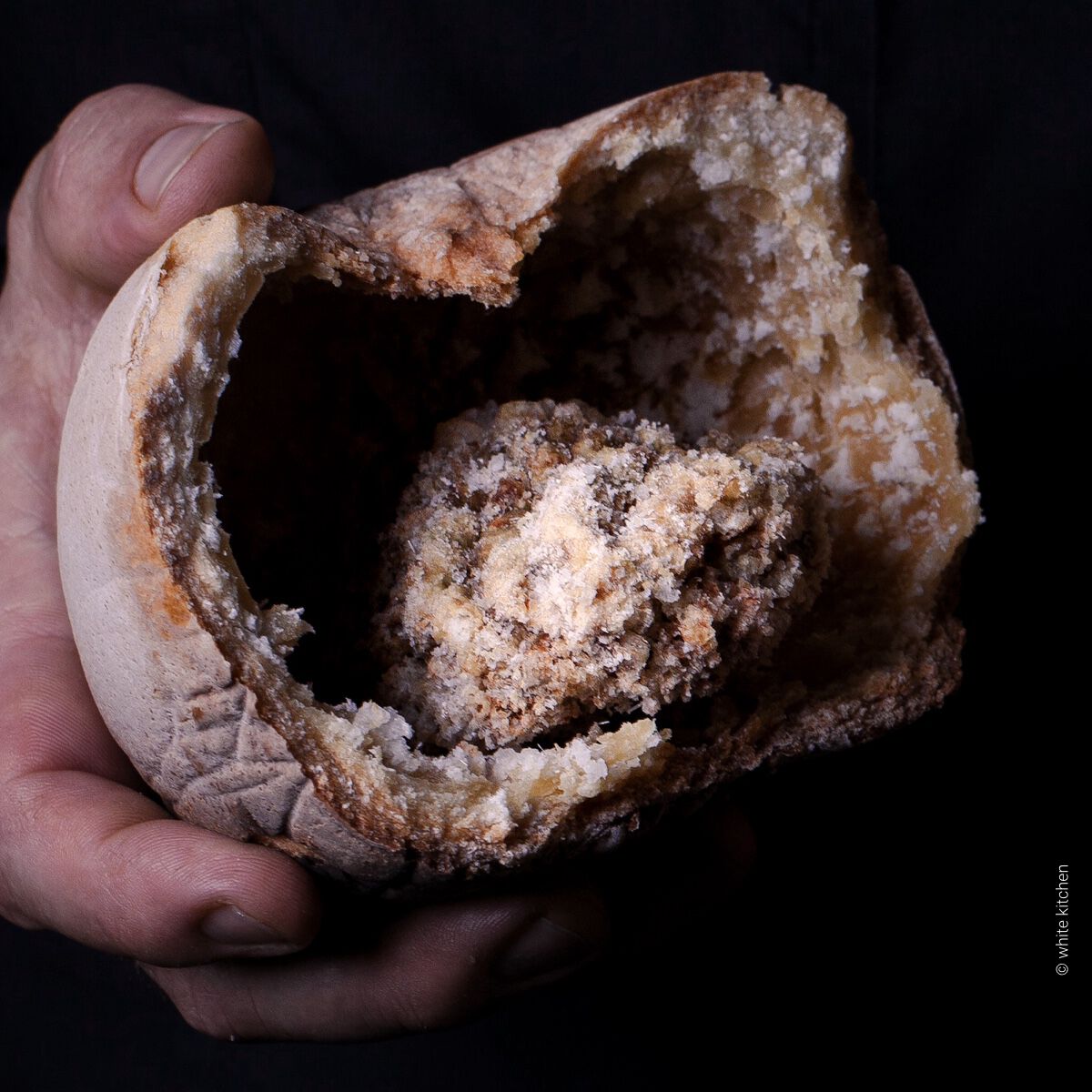
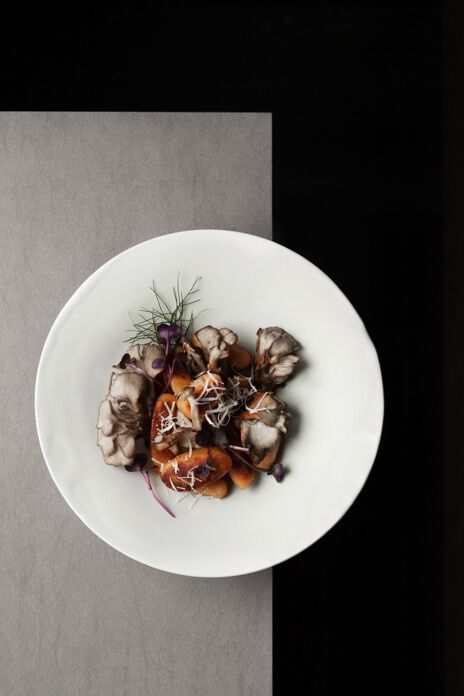
Avoury: #4
Let's talk about "traditional cooking": Together with the Berlin restaurant Nobelhart & Schmutzig you founded the association known as "Die Gemeinschaft" – a network of artisanal food producers and restaurateurs – and you are working towards establishing a new food culture with an emphasis on nature. Do you think that in future cooking in a sustainable way will be a must for anyone who wants to join the premier league of top chefs?
Perhaps not an absolute must, but being sustainable has something to do with your responsibility towards society and also to food producers. Thanks to the awards we’ve won, we’re able to disseminate our ideas to a much wider public and thus gain greater attention. We need to use our influence to persuade others not to buy the widely available standard meat and vegetable products. Anyone active in the food sector today needs to face up to their responsibilities in this respect.
Avoury: #5
What sort of projects are you working on at present to demonstrate your own responsibility in this respect and also to further enhance the sustainability of what you do?
There is one thing that has concerned us for a long time: how can we use less plastic in the kitchen, particularly when it comes to storage? We haven’t yet been able to find the correct solution for every challenge. But we’re working on it!
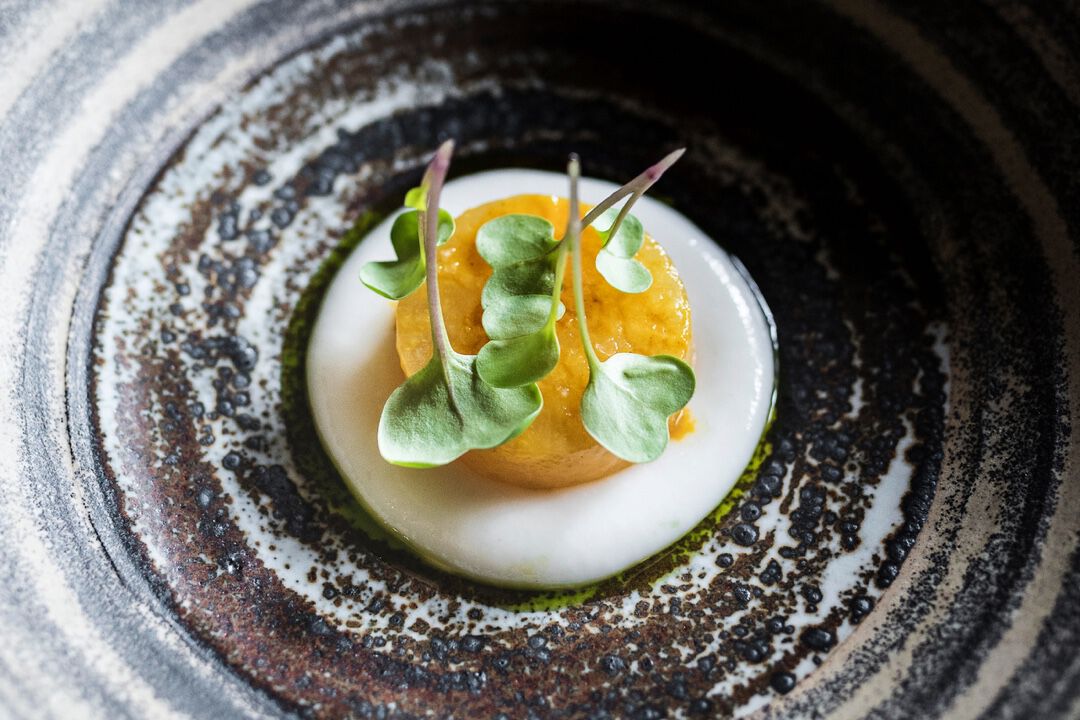
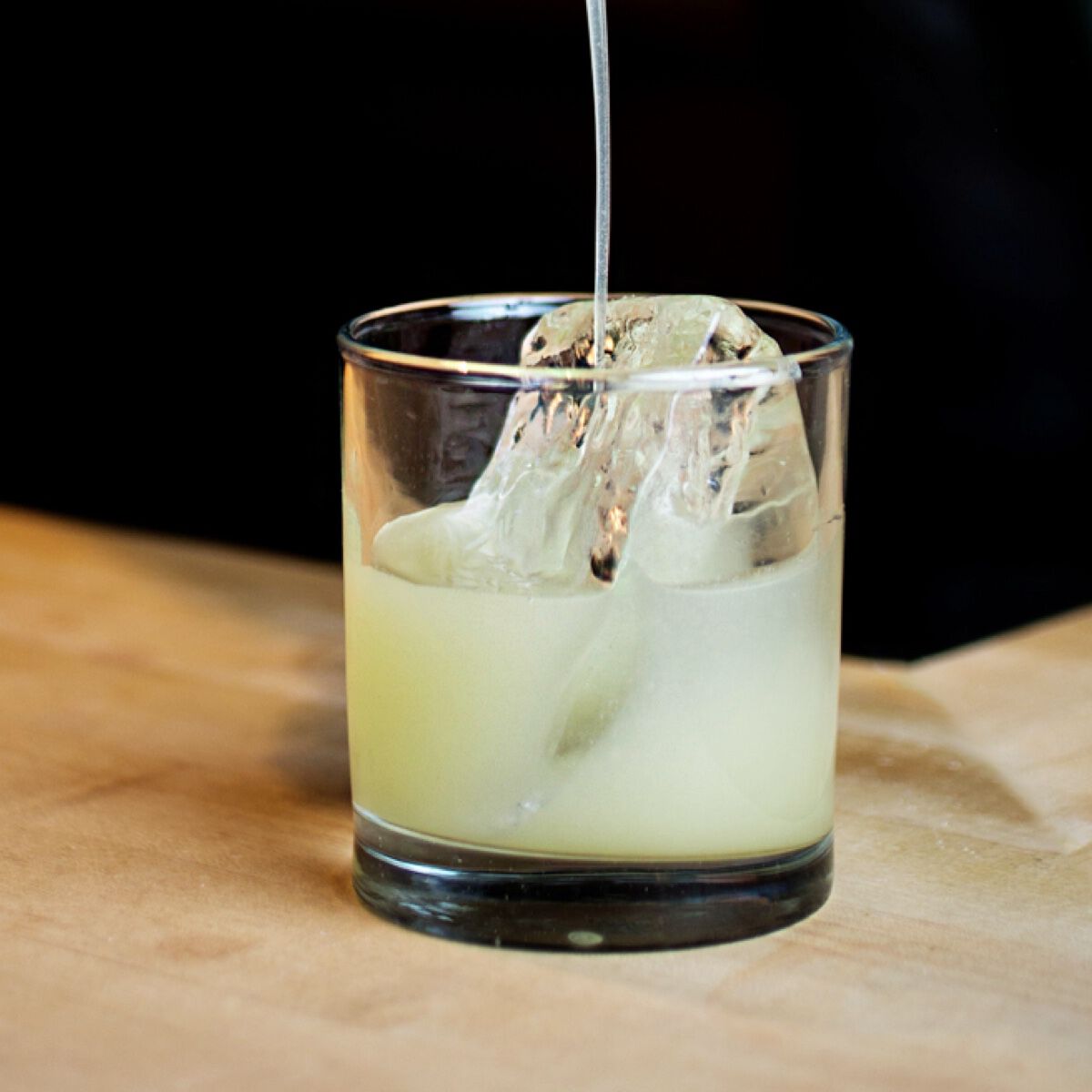
Avoury: #5+1
At Avoury, we are of course particularly interested in your attitude towards tea. In 2019 Janine Woltaire joined your team as sommelière. Have the two of you ever considered pairing tea and foods rather than just wine and foods?
Several years ago, we created our own range of in-house non-alcoholic drinks to pair with dishes, which exactly complements our style at HORVÀTH. This means we can offer guests preferring to avoid alcohol a genuine alternative to the traditional wine selection. The basis of most of these drinks is a juice made of two sorts of apples, parsley root, carrots and celery. First of all, we extract the juice from all ingredients. We then heat this to 75 to 80°C which makes substances causing turbidity, as well as chlorophyll and cellulose to rise to the top where they form a layer that we can then remove. The result is a clear fruit and vegetable juice that when cooled tastes the same as freshly pressed juice and that has a very low satiety value – in other words, it won’t make you feel full up. Once this basic juice is ready, we usually add flavorings or another juice. For this purpose, we use a blend of whey, horseradish and camelina oil in addition to a combination consisting of yellow beetroot and pumpkin seed oil. The range is supplemented by a number of other dish-paired drinks for which we do not use the basic juice, such as those based on tea extracts, spice extracts and malt beers. Assuming we can come up with a good idea here, I can imagine doing more with tea!
More articles
More articles
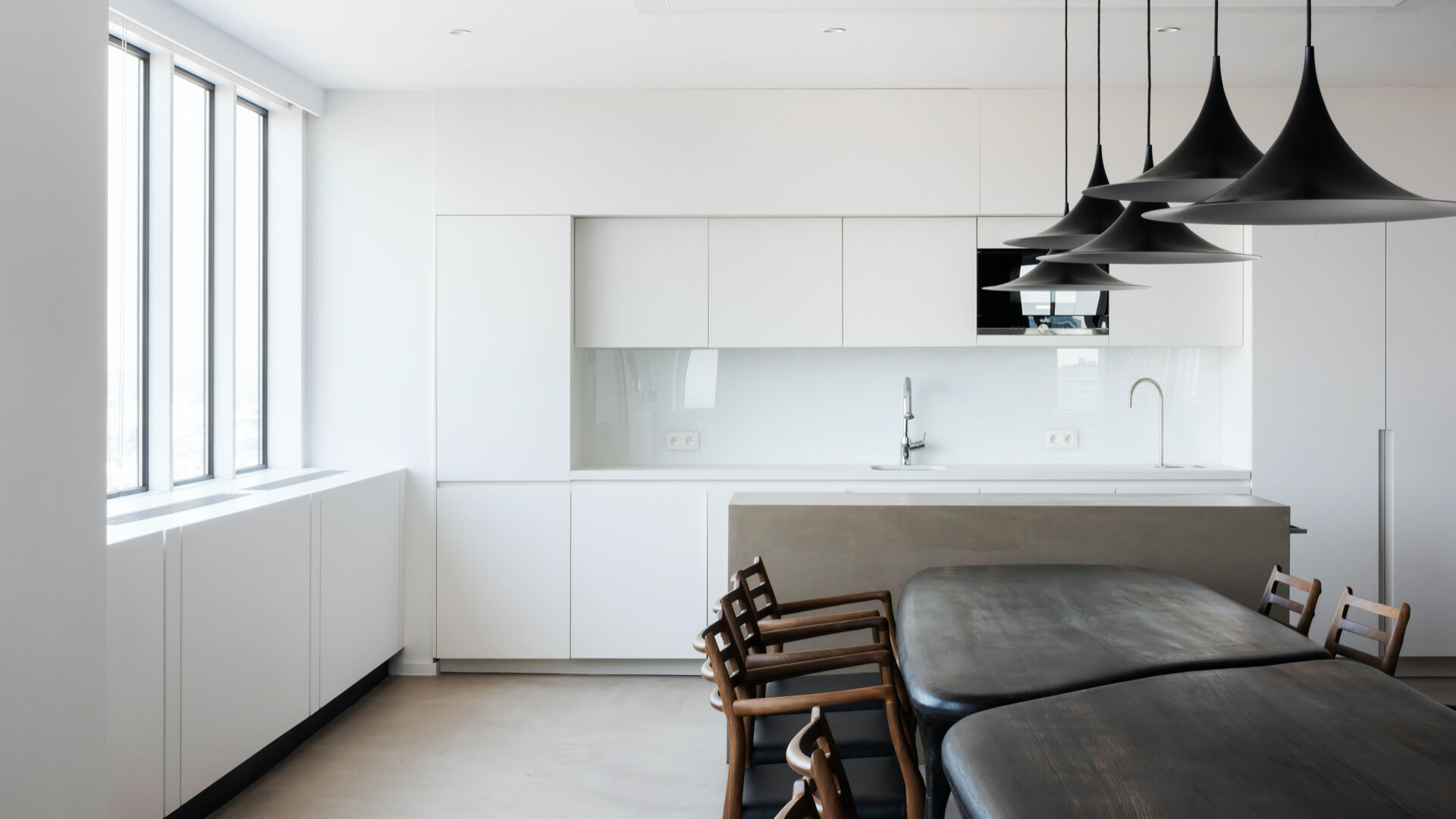
Not less, but better.
Sharpening one's own awareness. Recognizing what one really needs. Giving things new appreciation. That's what minimalism is about. Following the motto 'less is more', more and more people are embracing the desire for clarity and order – even in the design of their homes.

Should we always follow our nose?
23,000 times – that´s how many breaths we take on average per day. And that means a multitude off different scents float in through our nose evoking a wide variety of reactions in us. In this article we´ll explain the psychological reasons behind this and why we should let our noses discover new things more often.
